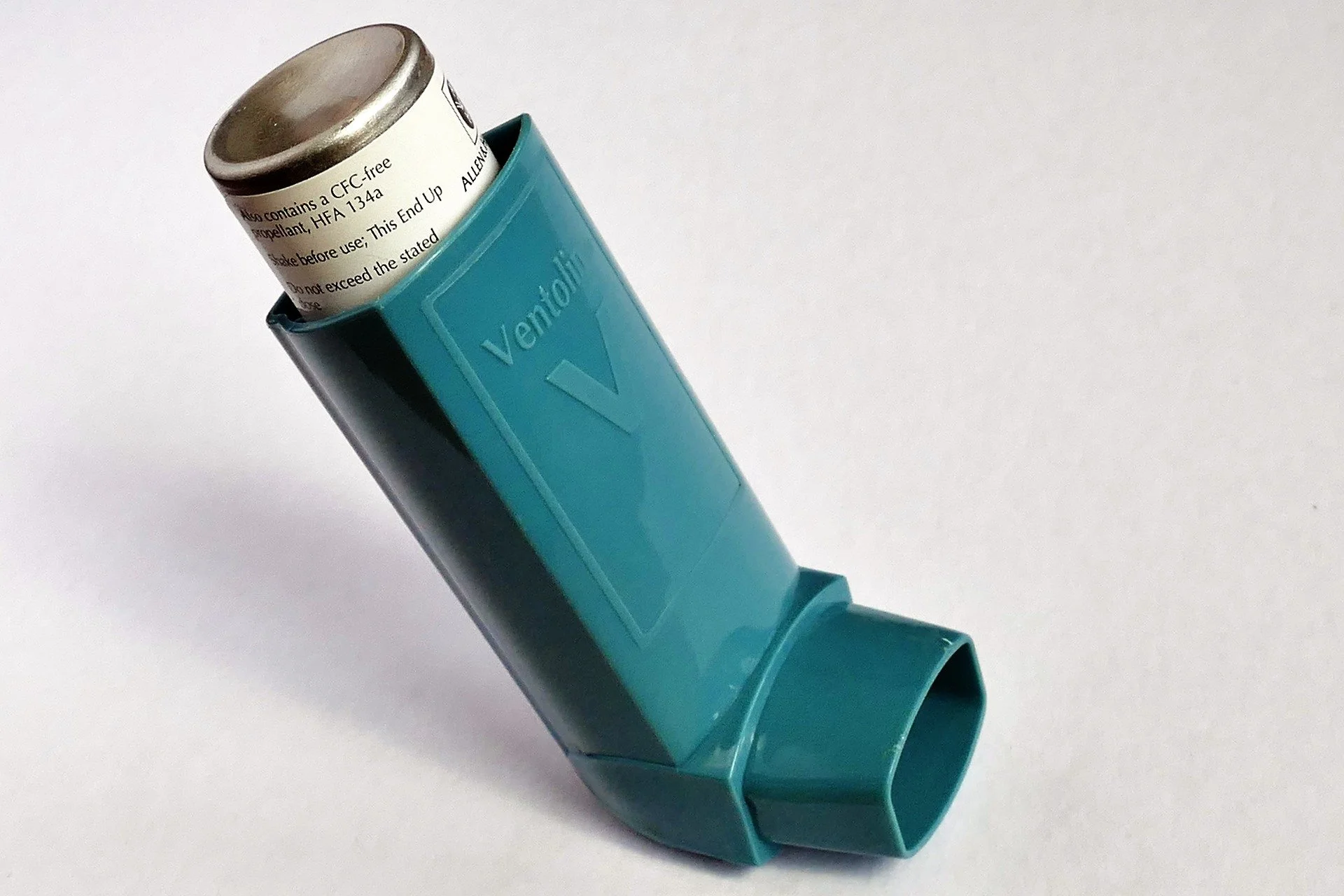The Keys That Explain (Almost) Everything.
I think we should change things up a little today.
Instead of a “big” topic like vaccines or blood pressure, let’s go small.
To the trillions of receptors, all over our cells, that control everything from growing a penis to giving birth.
And those asthma inhalers, allergy-preventing anti-histamines and even the naloxone (Narcan®) used to (hopefully) reverse an opioid overdose?
Receptors explain those medications too.
Yup, receptors might be microscopic but they run our lives!
Receptors have intricate, specific shapes, allowing them to fit together only with substances with the right matching form.
Like a front door lock and its complementary key.
If receptors are biological locks, their matching keys are either:
· a hormone like adrenaline or cortisol (and several hundred others only an endocrinologist would know!)
or
· a neurotransmitter produced by a nerve cell. Dopamine’s involvement in addiction and Parkinson’s disease makes it perhaps the best-known neurotransmitter, but there are probably at least a hundred others!
Hormones and neurotransmitters direct almost everything happening inside our bodies and they all have one thing in common: they fit into their own receptor type and only their own receptor type.
Adrenaline will slide easily into adrenaline receptors but not thyroid hormone receptors. Dopamine’s a perfect fit for a dopamine receptor but serotonin receptors? Forget it!
Ever stop to think about the mechanism that’s activated when a key’s inserted into a lock?
That lock can’t take us into another world until the turning key moves the interconnected cogs and levers inside the thickness of the door.
(Although this intricate locking mechanism is rather more complicated than the one inside most of our front doors, it’s not nearly as complex as our cellular, receptor-connected chemical reactions!)
When a hormone or neurotransmitter slots into its specific receptor, a chain of chemical reactions that’s set in motion, making the cell do something.
Take adrenaline for example.
That job interview or the 5km “anything but fun run” where our heart was beating out of our chest?
That was adrenaline molecules (keys) slotting into adrenaline receptors (locks) on heart muscle cells, activating a series of chemical reactions that made those muscle cells contract faster and with more oomph – cue our racing, pounding, heart.
On the other hand, the partnering of dopamine with its nerve-cell receptors in the brain initiates a different series of chemical reactions, ones that are crucial for smooth, coordinated movements - the tremors and unsteady walking of Parkinson’s disease appear when a brain doesn’t produce enough of this precious movement-managing dopamine.
Thankfully, just as using our front door key doesn’t require us to comprehend the intricacies of those inner workings, nor do we have to understand the various chemical reactions activated when hormones and neurotransmitters engage with their receptors.
It’s enough to remember:
hormone/neurotransmitter + matching receptor = cell is made to do something!
Rather gloriously, our wonderful evolution has ensured that most of the time, we have an excess of both the receptors and the hormone/neurotransmitter molecules needed to poke our cells into action.
Just as if we had fifty identical keys in our pocket and a front door covered in identical locks, each one a perfect match for our key - even in the dark we’d be able to fumble a key into a lock and have the kettle boiling in minutes!
Sometimes though, the number of receptors for a particular hormone or neurotransmitter, can change.
Heard of oxytocin?
That hormone our brain releases when we’re singing, straining in yoga class, or having sex?!
Arguably oxytocin’s most important role though is to stimulate the uterus to contract during labor. In fact, in addition to the stuff she makes herself, around half of all women giving birth in the US will be given synthetic oxytocin either to induce or push along (!) a slow labor.
Why then, don’t pregnant woman have to worry about premature labor every time they’re in downward dog or working through the entire “Frozen” score in the shower?
Because, ahem, evolution’s brilliant!!
Have I said that before?
There are only a few oxytocin receptors on the muscle cells making up a pregnant uterus until that due date gets close, and then the numbers explode. Only then can those uterine muscle cells respond to the oxytocin enough to eject a baby!
Simple but brilliant!
And that old wives’ tale about sex getting a woman into labor? Research suggests that if her uterus is ready i.e covered with enough oxytocin receptors then yes, it might help get things going!
(A reminder - the above should not be taken as medical advice but I think elegantly demonstrates the intersection between science, medicine and err, the wisdom of old women?)
Unfortunately, changes in receptor number aren’t always so helpful.
People develop myasthenia gravis when their own immune system destroys the neurotransmitter receptors on their skeletal muscles. The muscle cells themselves are healthy and the neurotransmitters needed to control them are still being produced however, the missing receptors prevent the neurotransmitter molecules from being able to activate the muscle cells.
Patients with this autoimmune disorder will suffer a range of issues from difficulties moving or swallowing to even difficulty keeping their eyes open.
(The one-side eyelid drooping in the patient above is one of the most common signs of myasthenia gravis.)
Sometimes, we start life with a problem making certain receptors.
There are three must-haves for growing a penis: male (XY) chromosomes, the hormone testosterone and functioning testosterone receptors. People born with androgen insensitivity syndrome have the male chromosomes and hormone but are missing testosterone receptors. In males with the most severe form i.e no functioning receptors, testosterone can’t ”unlock” the potential penis-developing cells and the midwife will congratulate the new mom on the safe arrival of her new baby daughter.
Finally, even if we’re not going to give birth again (or ever), our immune system’s behaving itself and we weren’t born with a genetic, receptor-related disease, at some point in our lives, most of us will have our receptors manipulated– by our prescriptions.
Remember that adrenaline that makes our heart pump harder and faster? It also widens our airways, enabling more air to move in and out of our lungs.
People with asthma are frequently prescribed adrenaline mimicking drugs – drugs similar enough to adrenaline to be able to squeeze into adrenaline receptors and activate chemical reactions that almost instantaneously enlarge those pipes and we can breathe easily again.
On the other hand, anyone with an allergy knows how annoying histamine can be.
Histamine makes us itch, sneeze and wheeze and when released in large enough amounts, can completely shut down our airways.
Anti-histamines are drug molecules shaped perfectly to slide into histamine receptors, but once there, instead of activating the receptor-associated chemical reactions they just block histamine from getting in and causing its mischief.
(Why are some of us are allergic to peanuts or pollen and others aren’t? Sounds like a future post to me!)
Join us again next time when the theme is a life-limiting disease that more than 1 in 10 of us will develop.
This hormonal disorder can be the result of not enough of a certain hormone, too few hormone receptors or even, broken chemical reactions connected to these hormone receptors.
Stay curious,








